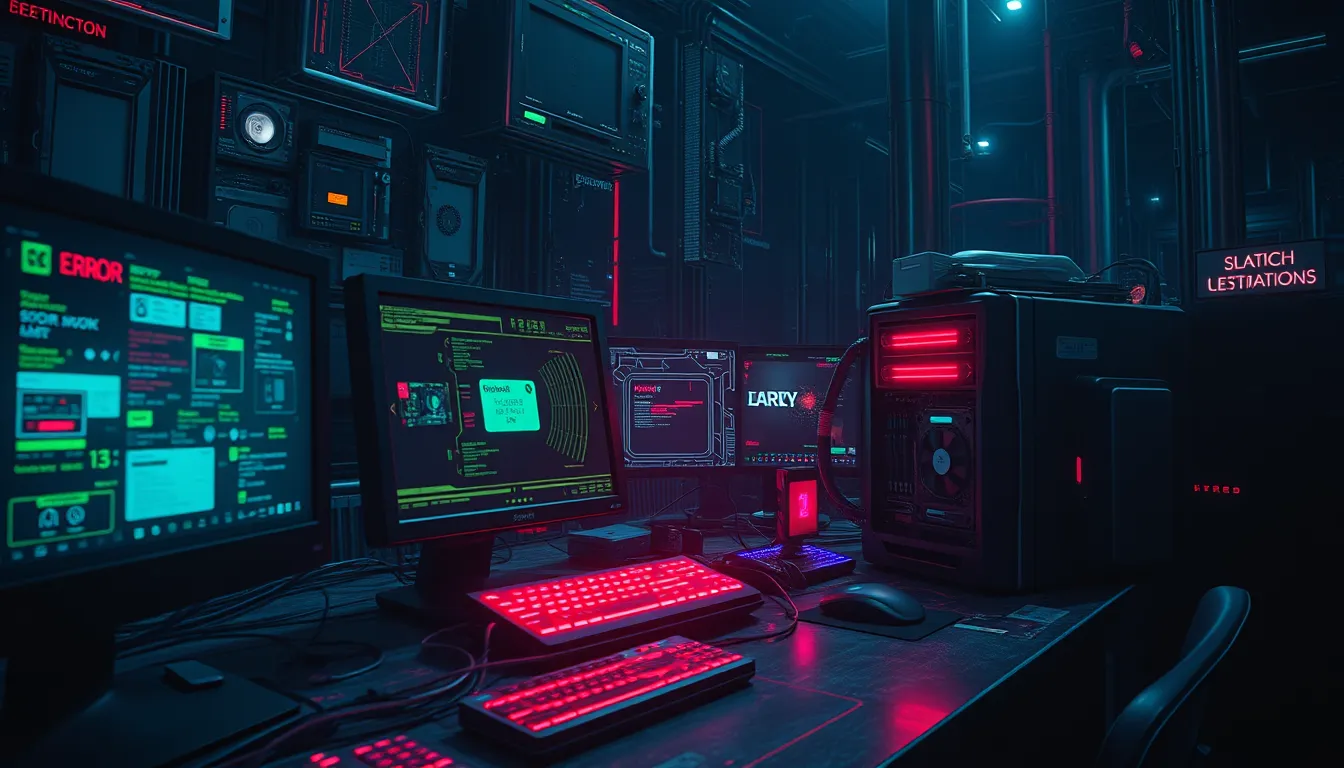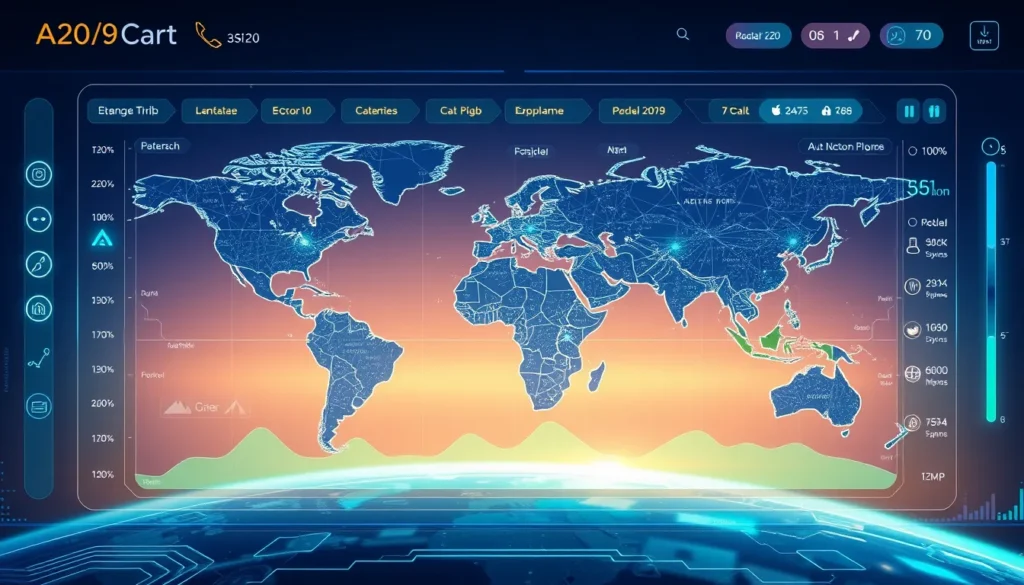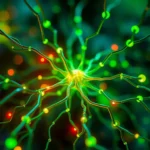Now Reading: Computer Vision Challenges: Tackling AI Hallucinations and Hardware Failures
-
01
Computer Vision Challenges: Tackling AI Hallucinations and Hardware Failures
Computer Vision Challenges: Tackling AI Hallucinations and Hardware Failures

Computer Vision Challenges: Tackling AI Hallucinations and Hardware Failures
In today’s rapidly evolving technological landscape, computer vision stands as a pivotal field in artificial intelligence. However, computer vision challenges continue to test developers, researchers, and innovators. This article delves into the hurdles associated with computer vision, such as AI hallucinations and hardware limitations, and outlines robust strategies to overcome these obstacles.
Overview of Computer Vision and Its Real-World Challenges
Computer vision is at the forefront of technological innovation, enabling machines to interpret and understand digital images. Despite its promise, the transition from controlled lab environments to complex real-world scenarios has revealed significant challenges. These include:
- AI hallucinations – instances where algorithms detect objects that do not exist.
- Hardware integration issues – where advanced imaging algorithms clash with inadequate sensor capabilities.
- Calibration difficulties – when models trained on synthetic data falter in natural settings.
The original project, as highlighted by an insightful article on VentureBeat (https://venturebeat.com), aimed to leverage advanced imaging algorithms and precision hardware to capture the nuance of unpredictable environments, but encountered multiple obstacles.
AI Hallucinations – The Unseen Glitch in Computer Vision
One of the most perplexing issues in computer vision challenges is the occurrence of AI hallucinations. When AI systems perceive elements that are absent in the scene, it not only confuses developers but also undermines user trust. Typically, these hallucinations emerge from models that have been trained on highly controlled datasets rather than on data exhibiting the chaotic nature of the real world. Key factors include:
- Overreliance on synthetic datasets that do not capture natural variability.
- Inadequate testing in diverse, real-life conditions where shadows, textures, and background noise alter image parameters.
- A fundamental gap between simulated training environments and the unpredictable details of natural scenes.
To address these issues, teams must rigorously test their systems under varied weather, lighting, and physical conditions. Real-world AI testing is vital for refining computer vision systems.
Hardware Integration and Sensor Accuracy in AI
Computer vision challenges extend beyond software. The hardware that supports these algorithms – including sensors and processing units – must be robust. In the discussed project, significant hardware issues compounded the difficulties:
- Sensor Accuracy Problems: Sensors designed for stable environments struggled under variable light and dynamic conditions.
- Processing Bottlenecks: The hardware components sometimes could not keep pace with the demands of rapid, high-resolution imaging.
- Incompatibility: The integration of advanced imaging algorithms with legacy hardware systems often led to misinterpretation of sensor data.
Experts argue that close attention to hardware integration is as essential as refining the underlying algorithms. For example, updating sensors and recalibrating hardware are effective measures for reducing the frequency of AI-induced errors.
Strategies for Overcoming Computer Vision Challenges
Addressing these challenges requires a multi-faceted approach that spans both software and hardware strategies:
- Recalibrating AI Algorithms: Continuously update training models with data derived from real-world conditions to minimize hallucinations.
- Upgrading Hardware Components: Invest in modern sensors and processing units that are resilient enough for dynamic operational conditions.
- Iterative Testing and Deployment: Implement continuous real-world AI testing to ensure computer vision systems adapt to new variables quickly.
- Cross-Disciplinary Collaboration: Encourage collaboration between AI researchers, hardware engineers, and field experts.
By focusing on these strategies, developers can bridge the gap between theoretical performance and practical application. The iterative improvements not only help in mitigating computer vision challenges but also build a pathway for scalable innovation in advanced imaging technology.
Future Trends and Ethical Considerations
As computer vision continues to evolve, it is important to consider the ethical implications of deploying these systems in real-world applications. When errors occur, the consequences can be significant, ranging from misdiagnoses in medical imaging to safety issues in autonomous vehicles. Stakeholders must focus on:
- Enhanced Transparency: Clearly communicate the limitations and expected error rates of computer vision systems.
- Continuous Improvement: Regularly refine models based on field data to ensure accuracy and reliability.
- Ethical AI Development: Ensure that the deployment of computer vision technology aligns with ethical standards and prioritizes user safety.
Conclusion
The journey of navigating computer vision challenges is both complex and essential. From dealing with unpredictable AI hallucinations to overcoming hardware integration hurdles, the field requires a balanced approach that combines advanced algorithms with cutting-edge hardware. Through rigorous testing, recalibrated algorithms, and continuous improvements, the tech community can ensure that computer vision technologies not only push the boundaries of what is possible but also operate reliably in real-world conditions.
In summary, overcoming computer vision challenges is crucial for the future of AI. By addressing both software and hardware limitations, we pave the way for systems that are accurate, reliable, and ethically sound. Continuing to share insights and lessons learned across industries will drive the innovation needed to transform these challenges into opportunities for progress.

























